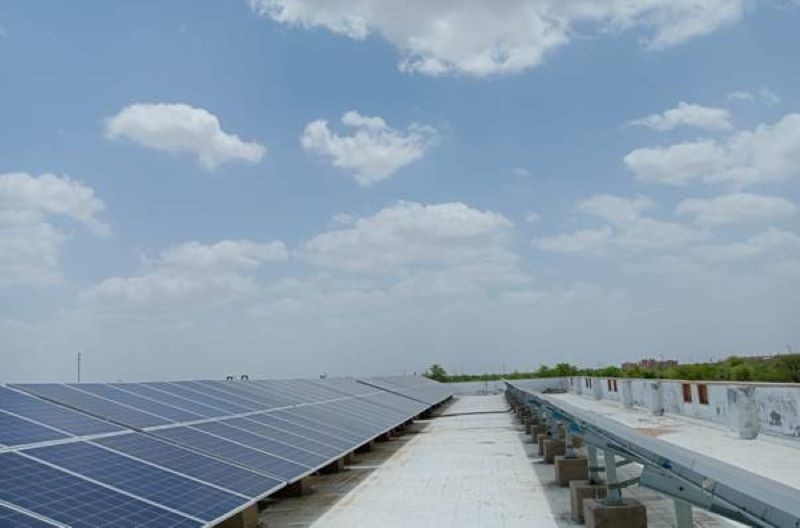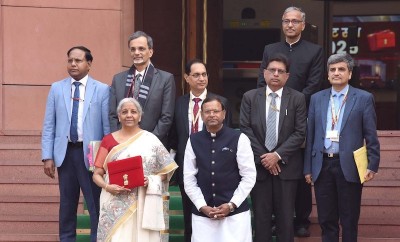
India overtakes Germany to become world’s third-largest wind and solar power producer
New Delhi: India has emerged as the world’s third-largest producer of electricity from wind and solar energy, overtaking Germany in 2024, according to the latest edition of Ember’s Global Electricity Review released on Tuesday.
The study by global energy think tank Ember shows that wind and solar combined contributed 15 percent of global electricity last year, with India accounting for 10 percent of its power generation from these sources, according to a PTI report.
The milestone comes amid a broader shift worldwide towards clean energy.
According to the report, low-carbon sources — including renewables and nuclear — supplied 40.9 percent of the world’s electricity in 2024.
This is the first time the global electricity mix from such sources has crossed the 40 percent threshold since the 1940s.
In India, clean electricity accounted for 22 percent of generation in 2024, with hydropower contributing 8 percent and wind and solar together making up 10 percent.
Solar alone supplied 7 percent, having doubled its share in just three years.
India added 24 gigawatts (GW) of solar capacity last year — more than twice the capacity added in 2023 — making it the third-largest solar market globally after China and the United States.
In terms of solar generation, India posted the fourth-highest increase worldwide, adding 20 terawatt hours (TWh) in 2024.
Globally, renewable energy sources drove growth in clean electricity, adding a record 858 TWh in 2024 — a 49 percent increase over the previous record set in 2022.
For the third consecutive year, solar power was the biggest contributor among new electricity sources, adding 474 TWh.
It was also the fastest-growing power source for the 20th straight year.
“Solar power has become the engine of the global energy transition,” said Phil MacDonald, Ember’s managing director.
“Paired with battery storage, solar is set to be an unstoppable force. As the fastest-growing and largest source of new electricity, it is critical in meeting the world’s ever-increasing demand for electricity,” added MacDonald.
The findings were released along with an open-access dataset on 2024 electricity trends covering 88 countries, which together represent 93 percent of global electricity demand.
The dataset also includes historical data for 215 countries.
Ember’s Asia Programme Director, Aditya Lolla, said the clean energy shift across Asia is gathering pace.
“With electricity demand set to rise across the region, a robust clean energy market is crucial for the continued expansion of clean power. This will not only strengthen energy security and economic resilience, but also help emerging countries access the benefits of a new clean energy market economy,” he said.
Neshwin Rodrigues, Senior Energy Analyst at Ember, said India has made meaningful progress on renewables but warned that scaling clean generation to meet growing demand remains a pressing challenge.
India’s leadership in solar has drawn praise from international climate leaders. UN climate change chief Simon Stiell, speaking in February, called India a “solar superpower” and said that embracing the clean energy boom would further accelerate the country’s economic ascent.
Under its climate pledges, or Nationally Determined Contributions (NDCs), submitted to the UN Framework Convention on Climate Change (UNFCCC) in 2022, India aims to achieve 50 percent of its installed electricity capacity from non-fossil fuel sources by 2030.
Support Our Journalism
We cannot do without you.. your contribution supports unbiased journalism
IBNS is not driven by any ism- not wokeism, not racism, not skewed secularism, not hyper right-wing or left liberal ideals, nor by any hardline religious beliefs or hyper nationalism. We want to serve you good old objective news, as they are. We do not judge or preach. We let people decide for themselves. We only try to present factual and well-sourced news.







